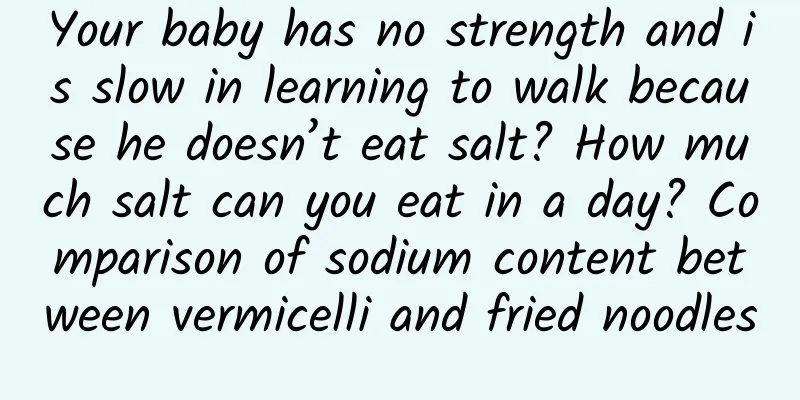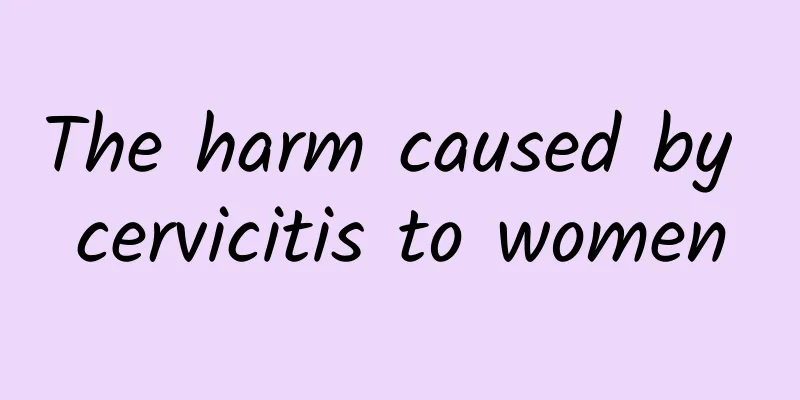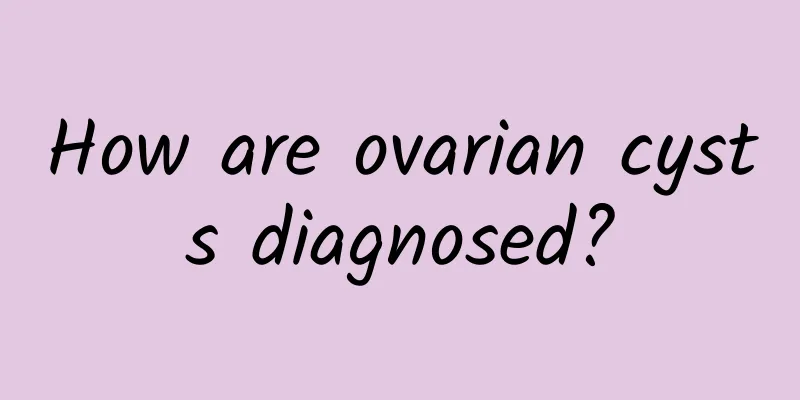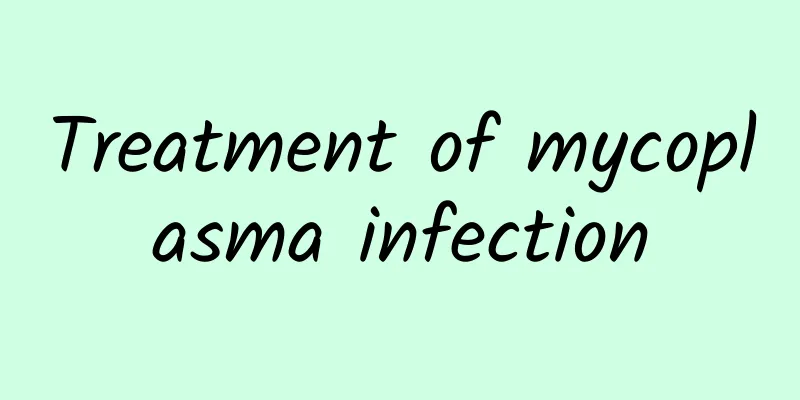Your baby has no strength and is slow in learning to walk because he doesn’t eat salt? How much salt can you eat in a day? Comparison of sodium content between vermicelli and fried noodles

|
The baby's growth cannot be missed. Most people may have heard of: "Flip over at three, sit at six, roll at seven, crawl at eight, walk at twelve". However, some babies cannot walk even after they are over one and a half years old, which makes their parents anxious. Then, I often hear the older generation say: "If babies don't eat salt, they won't have the strength to walk." Do babies really need salt supplements? For mothers who like to use pasta such as vermicelli and noodles as complementary food for their babies, how should they choose so as not to consume too much sodium and affect the baby's growth, development and health? "Babies will lose strength if they don't eat salt"? It is a big mistake to deliberately feed salt to your baby Why is there a traditional saying: "If babies don't eat salt, they won't have the strength to walk"? Nutritionist Su Yanchen said that this is probably because in the past agricultural society, workers would sweat a lot and thus lose too much water and salt, and naturally their bodies would feel weak. That is why there is a saying that "you have no strength if you don't eat salt". Thinking that the same logic applies to babies, the elders think that not eating salt is related to not having the strength to stand up, thus affecting the baby's learning to walk. If you still hold on to this myth and deliberately feed salt to your baby, you are making a big mistake! 400mg sodium = 1g salt! For infants under 1 year old, daily sodium intake should not exceed 400 mg So, does the baby need to supplement salt? What are the restrictions? According to the recommendations of the Ministry of Health and Welfare, 1 gram of salt contains 400 mg of sodium. For infants under one year old, the daily sodium intake should not exceed 400 mg, which is approximately less than 1 gram of salt. For children aged 1 to 3 years old, it is recommended that they should not exceed 800 mg of sodium per day, which is equivalent to 2 grams of salt; for children aged 4 to 6 years old, it is recommended that they should not exceed 1200 mg of sodium per day, which is about 3 grams of salt. It is not advisable to add extra salt to baby's food before 1 year old In particular, it is important to note that the baby's liver and kidney functions are not well developed, and their detoxification function is not as good as that of adults, so it is not appropriate to feed them artificial additives. In fact, for babies who have started eating complementary foods, the salt content in general food is already sufficient for their needs. If additional salty seasonings are added, it will increase the burden on the baby's body. Therefore, it is recommended that you should not add extra salt to your baby’s complementary food before the baby is 1 year old. Pay attention to the sodium content when your baby eats noodles! High-sodium noodles: vermicelli, oyster vermicelli, chicken noodles Nutritionist Su Yanchen said that in this case, mothers should also pay attention. If they like to feed their babies soft and easy-to-swallow pasta as complementary food, they may need to pay attention to the sodium content of noodles such as rice noodles and fried noodles to see if they contain excessive sodium. In order to pay attention to the taste and chewiness of pasta, adults often add a certain proportion of salt to maintain quality and preservation, but babies may not be able to withstand such a large amount of sodium intake. At this time, it is extremely important to choose low-salt noodle ingredients for babies. For example, the dried noodles sold in general convenience stores, in order to emphasize the chewy texture, the sodium content of 100 grams of noodles is more than 600 mg, which is considered a "high-sodium ingredient" and is not suitable for babies to eat. Parents are reminded to be careful when choosing noodles! In addition, other noodles sold on the market that are "high in sodium" include: vermicelli (sodium content exceeds 2834 mg per 100 grams), oyster vermicelli (sodium content exceeds 2813 mg per 100 grams), and shredded chicken noodles (sodium content exceeds 2450 mg per 100 grams). These are all very alarming and not suitable for babies. Feed your baby vegetable noodles, low in salt, rich in vegetable nutrition, and better taste What are the tips for replacing pasta when feeding babies? Nutritionist Su Yanchen recommends choosing vegetable noodles and cooking them until soft. If you are worried that the noodles have no taste and your baby will not like to eat them, you can boil the noodles in water for 5 minutes, then take them out and put them into the rice cooker together with the vegetables to cook. This will allow the vegetable soup to seep into the noodles, which can greatly improve the taste. Don't feed your baby noodles for three meals a day, as it will make him tired of it and may cause him to have a partial eclipse. As for babies who mainly eat noodles as their staple food, how much should they eat? The limit is 8 months. Before that, it is about half a portion of sugar per day, which is about 10 grams of dry noodles. After 8 months, it is about 2 to 3 portions of sugar per day, which is about 40 to 60 grams of dry noodles. After 10 months, you can consume 3 to 4 portions of sugar per day, which is about 60 to 80 grams of dry noodles. However, we still call for a diversified diet. There is no need to feed your baby noodles for three meals a day. This will not only make him tired of it, but may also cause long-term picky eating. There are hundreds of low-salt vegetable noodles on the market. Are there any flavors that you would recommend? In fact, you can pair it with types of ingredients that are rarely given to your baby on a daily basis. For example, if your baby has never eaten purple sweet potatoes, you can buy purple sweet potato flavored noodles as a pairing to promote flavor diversity. Instead of calculating vegetable intake solely based on vegetable noodles, the pursuit of nutritional balance is putting the cart before the horse. Nutritionist Su Yanchen recommends a vegetable pasta dish suitable for babies over 8 months old. It can be fed to babies at one of their meals a day. It is low in salt, high in vegetables and high in protein. It is a healthy pasta dish. Moms may wish to make it themselves: 【Purple Korean Spicy Vegetable Egg Noodles】 Suitable for: Babies over 8 months old. Material: 10 grams of low-salt noodles, 10 grams of celery, 55 grams of sweet potato, a little minced beef, 1 egg (take the yolk), zucchini, 20 grams of purple Korean, appropriate amount of linseed oil (more than 5 ml), onion, and beef tomato. practice: 1. Boil water and cook low-salt noodles until soft. Set aside. 2. Chop celery, sweet potato, ground beef and purple korean and set aside. 3. Take the egg yolks and set aside. 4. Pour linseed oil, cooked white flour, diced purple korean, diced sweet potato, chopped celery, minced beef and egg yolk into a bowl. 5. Place onions and beef tomatoes (pick them out after cooking and don’t eat them) on the top layer. 6. Put it into the rice cooker and add a cup and a half of water to the outer layer of the rice cooker. After it is steamed, there is no need to grind it again, just scoop it out and eat it. |
Recommend
What is the price of painless abortion?
Painless abortion is the best way to terminate pr...
Dietary taboos for chocolate cysts and nursing measures for chocolate cysts
Although chocolate cysts are easy to treat, this ...
Be careful about your kidneys during the Mid-Autumn Festival. Kidney patients should eat less salt to avoid burdens
As the Mid-Autumn Festival is approaching, doctor...
What are the common symptoms of ovarian cysts?
What are the basic symptoms of ovarian cysts? Wha...
How to check for pelvic inflammatory disease
How to check for pelvic inflammatory disease: The...
Is there a solution to the excessive sodium content in keguo soup base? Nutritionist: Dilute and share food
With the arrival of a cold wave and the chilly we...
Common causes of dysmenorrhea in women
Generally speaking, there are reasons why women h...
What is the difference between endometriosis and adenomyosis?
The differences between endometriosis and adenomy...
Do you have toothache before menstruation?
Do you have toothache before your period? Toothac...
What causes leucorrhea before menstruation?
What causes bloody vaginal discharge before menst...
How to prevent miscarriage in early pregnancy
How to prevent miscarriage in early pregnancy? Mi...
What are the dietary treatments for cervical erosion? 3 foods that are suitable for cervical erosion and 3 taboo foods
Patients with cervical erosion should eat more nu...
Introduction to the causes of uterine fibroids
With the increasing number of patients with uteri...
Taiwan is Asia's fat husband father refuses big "belly"
Chiu Shu-ti, director of the National Health Bure...
What is the difference between candidal vaginitis and trichomonas vaginitis
What is the difference between candidal vaginitis...









